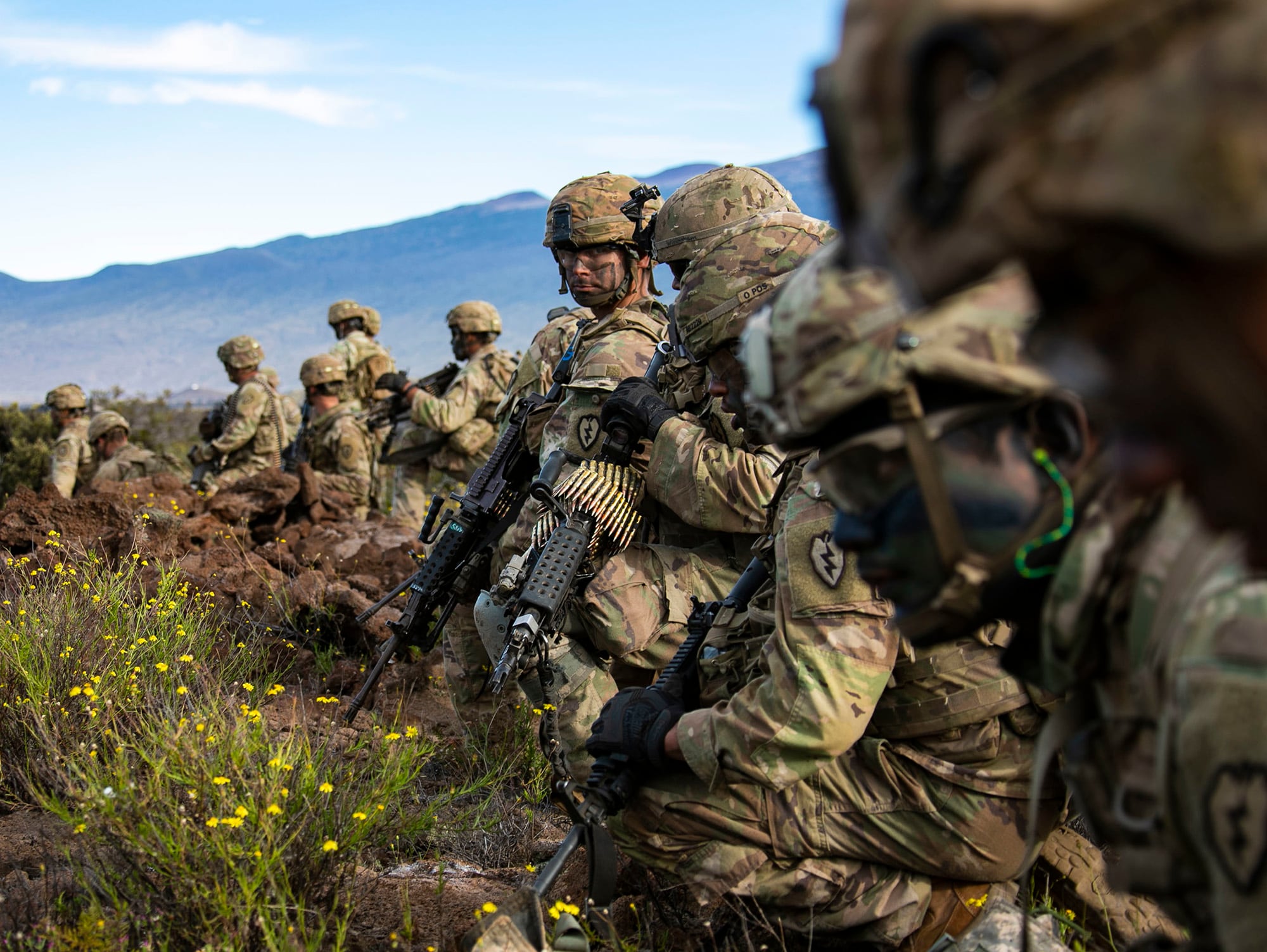An armored brigade commander who concluded an unexpectedly lengthy deployment to Europe in December says the new Army readiness model will provide more predictable calendars in the future.
The 2nd Armored Brigade Combat Team, 3rd Infantry Division, was originally dispatched to participate in Exercise Defender Europe last spring. But when the coronavirus pandemic rippled across the world, the unit was re-tasked to serve as the armored rotation for the Atlantic Resolve mission across Europe.
“That 90-day exercise turned into a nine-month deployment for our brigade amid the COVID conditions,” said Col. Terry R. Tillis over the telephone. “As you can imagine, that caused some strife, but we were able to work through that and we adapted to the new mission.”
Now, Tillis’ brigade is back at their home station of Fort Stewart, Georgia, and they’ve entered the new Regionally Aligned Readiness and Modernization Model, or ReARMM.
ReARMM allocates Army units to different theaters, giving them expertise in the parts of the world to which they would deploy during an actual conflict and allowing them to stockpile the right equipment for those clashes.
RELATED

ReARMM also offers units set windows to take on and train with new equipment as part of the Army’s modernization plan.
“The key thing for us is, we’re getting new tanks, new Bradleys, new Paladins, new ammo carriers,” said Tillis. “I think those track vehicles are the big highlights.”
Maj. Alex J. Wray, the unit’s executive officer, said he expects his brigade to be the first to receive the new M2A4 Bradley, which has a more powerful engine, upgraded electronics, a new fire suppression system and IED jammer.
“We’re receiving a lot of the ancillary equipment as well, so the Joint Lightweight Tactical Vehicle, the M17 handgun, as well as the next generation of maintenance equipment to support the new Abrams and Bradley fleets,” Wray said.
But the biggest benefit for the average soldier could be the promise of a more stable training schedule with 18 months of advance notice, around which they can plan their personal lives.
“As a brigade that thought it was going somewhere for 90 days and then wound up doing a nine-month deployment,” said Tillis, “the biggest thing is, not only for our formations, but our families … just to have a predictable calendar.”
At the brigade level and below, there’s a heavy focus on planning training events so soldiers know that, if their duty day is slated to end at 5 p.m., it actually ends at 5 p.m., Tillis explained.
“They know that if they’re going to train overnight for any sort of ranges, or any additional field training, they know well in advance,” Tillis added. “The biggest thing for us is to have the ability to be deliberate and predictable, which allows [soldiers] to plan their leave periods and those things.”
Kyle Rempfer was an editor and reporter who has covered combat operations, criminal cases, foreign military assistance and training accidents. Before entering journalism, Kyle served in U.S. Air Force Special Tactics and deployed in 2014 to Paktika Province, Afghanistan, and Baghdad, Iraq.




